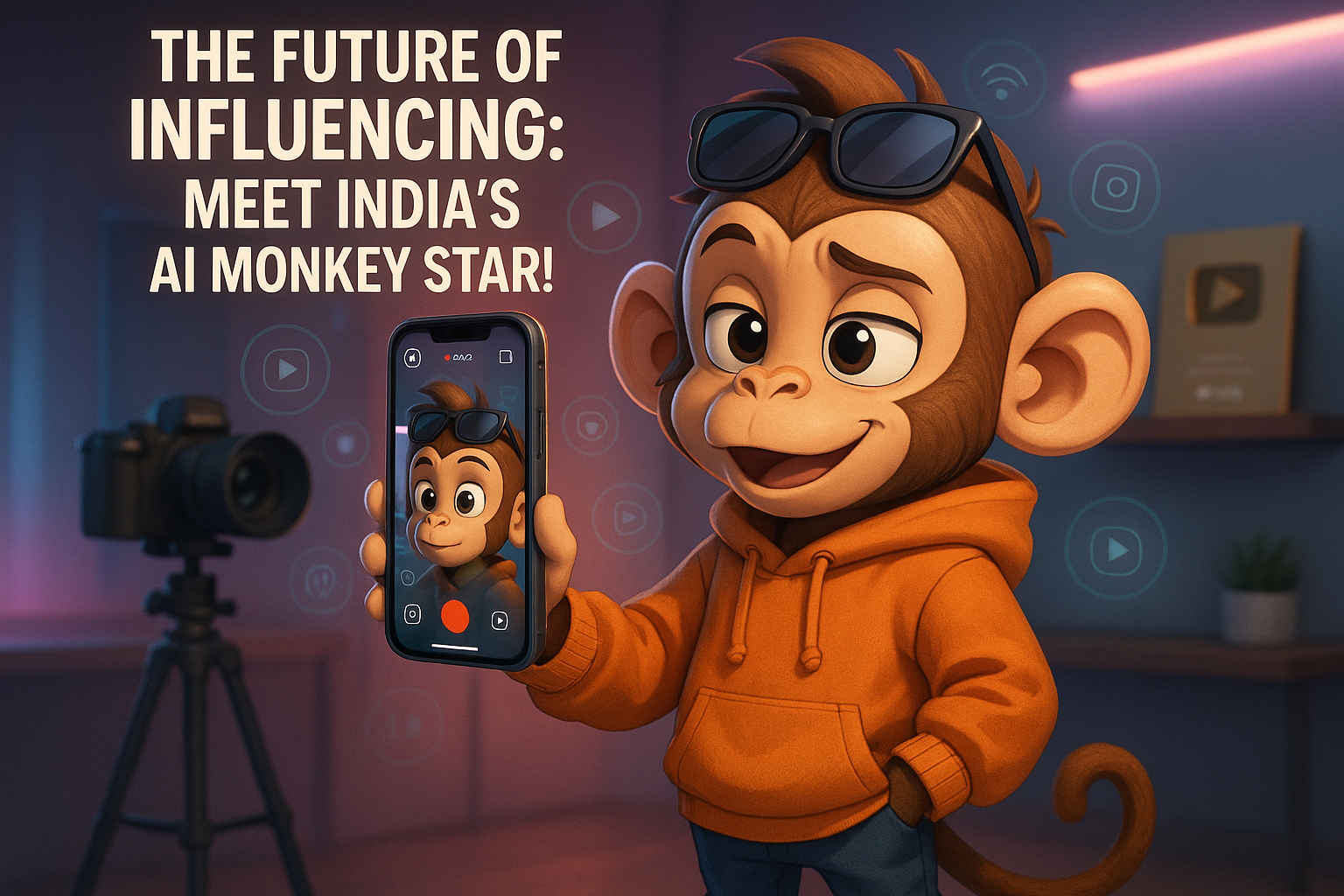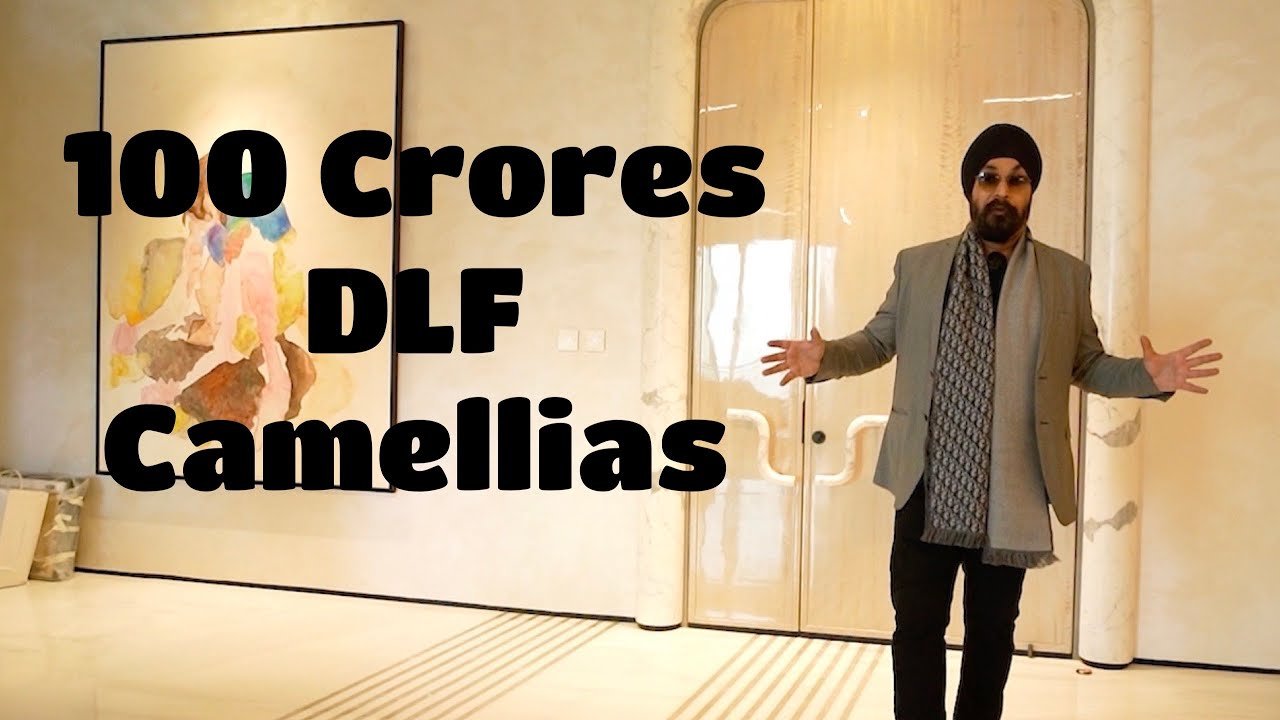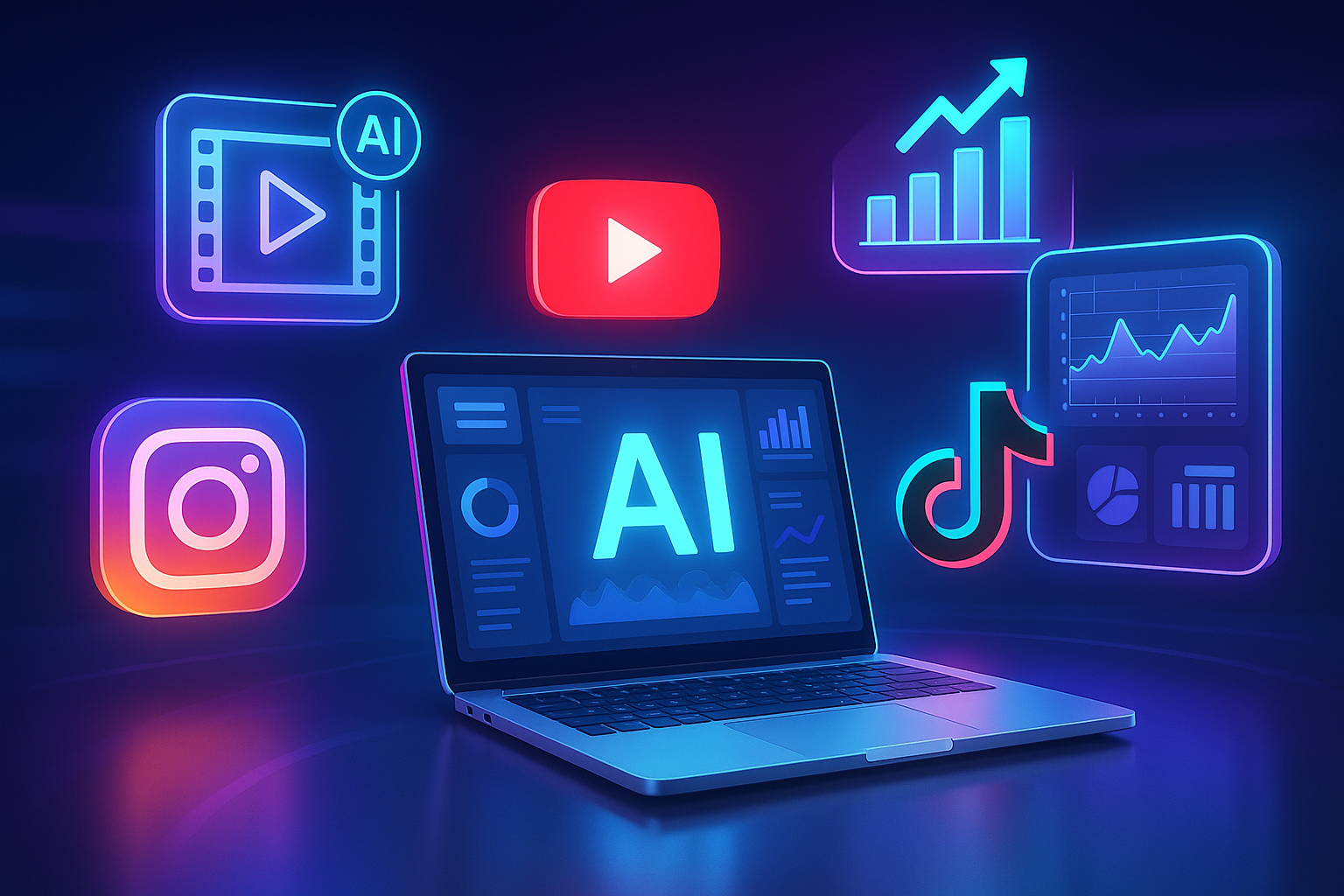Picture this: a flawless influencer posting fashion tips, travel guides, and makeup reviews with no real person behind the screen. Meet India’s new breed of influencers AI-generated avatars who are already shaping online trends. The YouTube video above shows how cutting-edge technology is blurring the line between digital and real personalities. Let’s explore what this innovation means for influencer marketing in India.
What Are AI‑Generated Influencers?
These “virtual celebrities” are fully created by AI boasting custom looks, stylized personalities, and content tailored to audience trends. Think hyper-real skin textures, dynamic expressions, and backstories all without anyone living behind the avatar.
In the video, the narrator explores the most popular Indian AI influencers, built using tools like generative AI for images, audio voice-synthesis, and content generation systems. Their brands are no longer human ‘but their followings feel real.
Why AI Influencers Are Trending in India
The video highlights several key drivers:
- Scalability
Unlike humans, AI influencers cost less long-term, never burn out, and can operate 24/7 making them ideal for continuous content campaigns. - Risk-free Persona Control
Brands retain full creative control no fear of scandals, PR missteps, or unpredictable behaviour. - Customization & Diversity
AI avatars can be designed to appeal to niche demographics South Indian travellers, Gen Z tech lovers, fitness buffs without hiring physical talents. - Cost Efficiency
Without travel, wardrobes, or payroll, the ROI on virtual creators can surpass that of human influencers especially for smaller brands.
Current Application in India
While still emerging, a handful of AI influencers have launched in India, with presence on Instagram, YouTube, and TikTok. These avatars:
- Share stylized fashion reels
- Perform voice-based travel vlogs
- Create beauty tutorials with AI-curated visuals
Brands are experimenting with them for launches, virtual meet-and-greets, brand ads, and more—capitalizing on novelty and the comfort of controlled branding.
Industry Insights and Warnings
The video rightly points out that AI influencers come with mixed reactions:
- Novelty vs authenticity: Some audiences are fascinated; others feel disconnected by the lack of human warmth.
- Ethical concerns: Should AI influencers disclose their nature clearly? Viewers may unconsciously trust these avatars as humans.
- Tech limitations: Current voice sync or emotional expression may drift uncanny, risking audience rejection.
What This Means for Indian Brands
1. Pilot Virtual Influencers for Niche Campaigns
Tech brands, travel apps, beauty products can test virtual avatars as brand ambassadors—especially when tapping Gen Z, who are naturally drawn to digital personas.
2. Hybrid Creator Models
Pair AI influencers with real creators. For example: AI avatars launch a product, human influencers provide unboxing, reviews, and emotional context.
3. Protecting Brand Safety
AI avatars never go rogue—but brands must uphold transparency. Always clearly label virtual creators as non-human to build trust.
4. Invest in Realism and Personality
For avatar campaigns to succeed, they must feel designed—not synthetic. Well-crafted voices, expressive animations, and consistent character arcs matter.
Early Results and Adoption
- Some Indian campaigns with AI avatars have reportedly seen 20–30% higher engagement due to novelty value.
- Lowest CPAs often come from micro-communities built around a single avatar.
- However, viewer retention drops if the AI persona fails to evolve confirming novelty can fade quickly without substance.
Final Takeaway
AI influencers are not sci-fi they’re here now, quietly reshaping the influencer landscape. For Indian brands and marketers, these virtual avatars offer scalability, control, and cost-effectiveness. But overreliance on novelty without emotional depth may backfire.
If you’re considering AI influencers, start small focus on quality, truth, and evolving identity. Because even the most brilliant code requires a human touch to truly connect.
FAQs
Q1. Are AI influencers replacing human creators?
Not yet hybrid models that combine both are proving most effective, creating balance between novel appeal and genuine emotion.
Q2. Should brands disclose avatars?
Absolutely. Transparency is crucial to maintain audience trust and avoid misleading the public.
Q3. How expensive is launching an AI avatar?
Initial costs may run ₹1–3 lakh (for design, voice, character development), with lower ongoing expenses compared to human talent.
Q4. What content suits them best?
Topics that lean on aesthetics or data fashion, travel snippets, and product demos—work well. Emotional or personal storytelling still demands human presence.
Q5. Can viewers build real connection with AI?
They can if avatars are consistent, responsive, and multi-dimensional. But emotional bonds are generally stronger with human creators.







